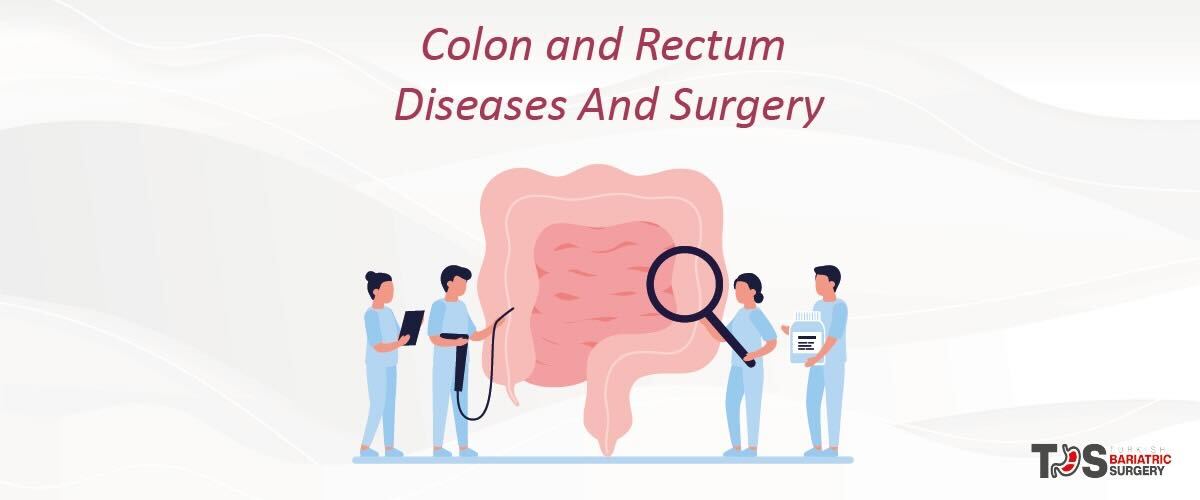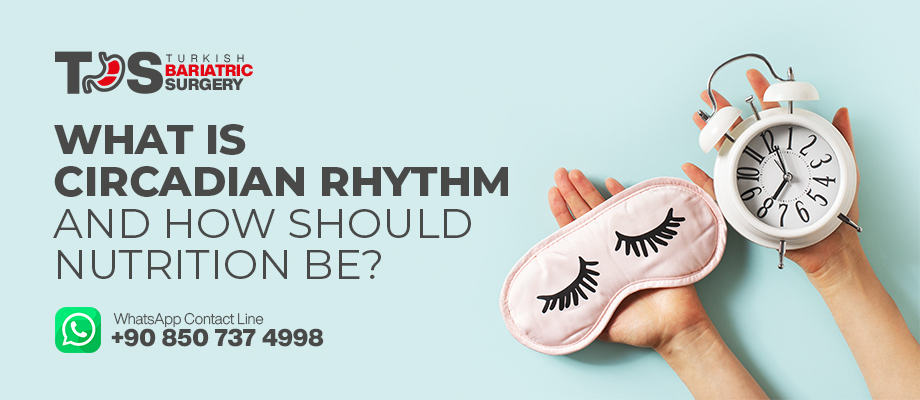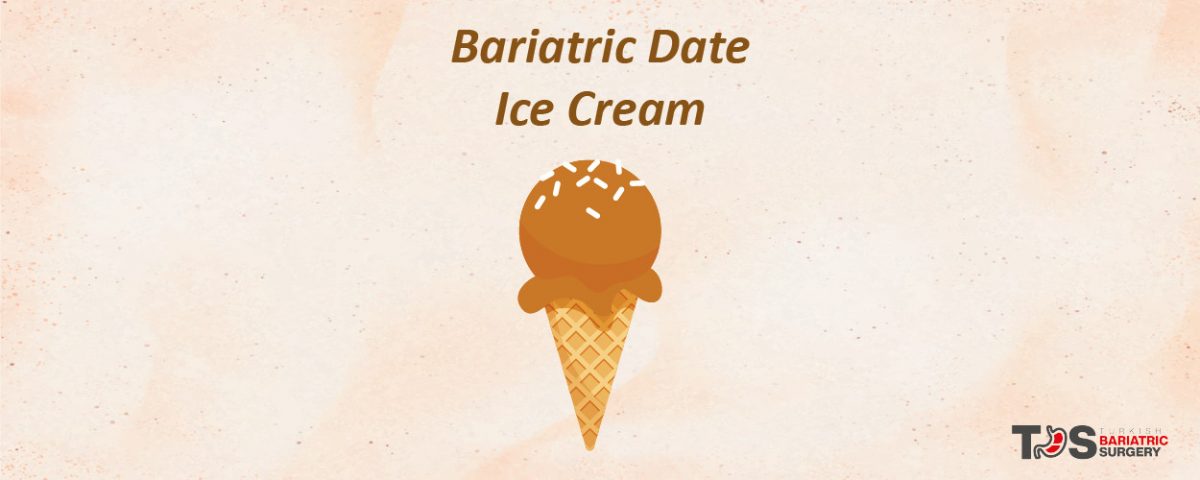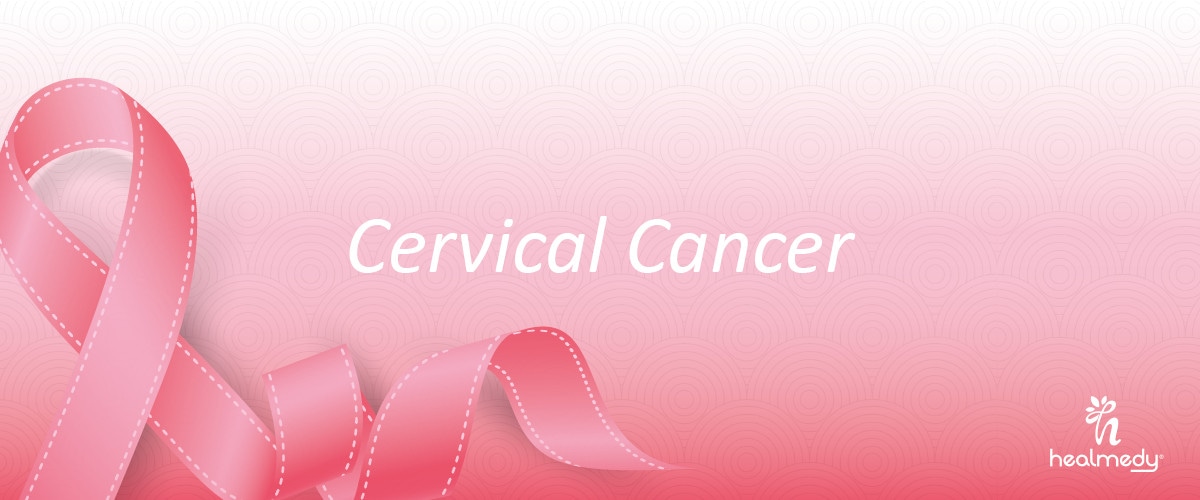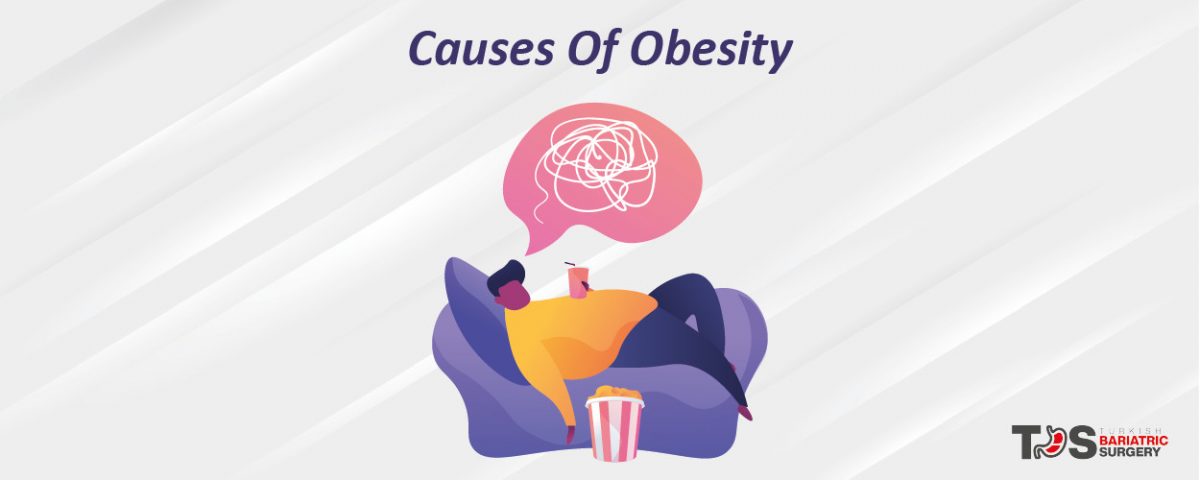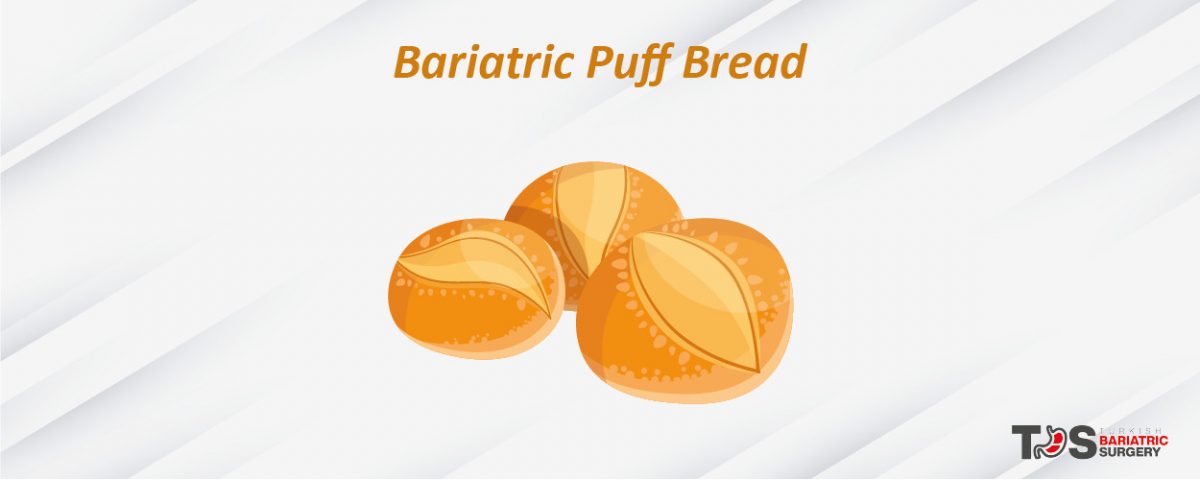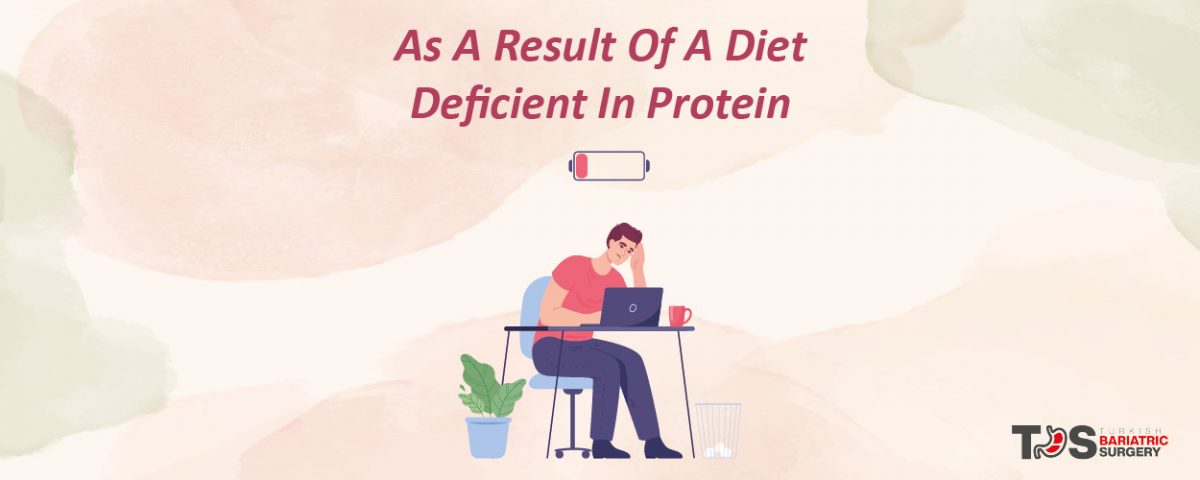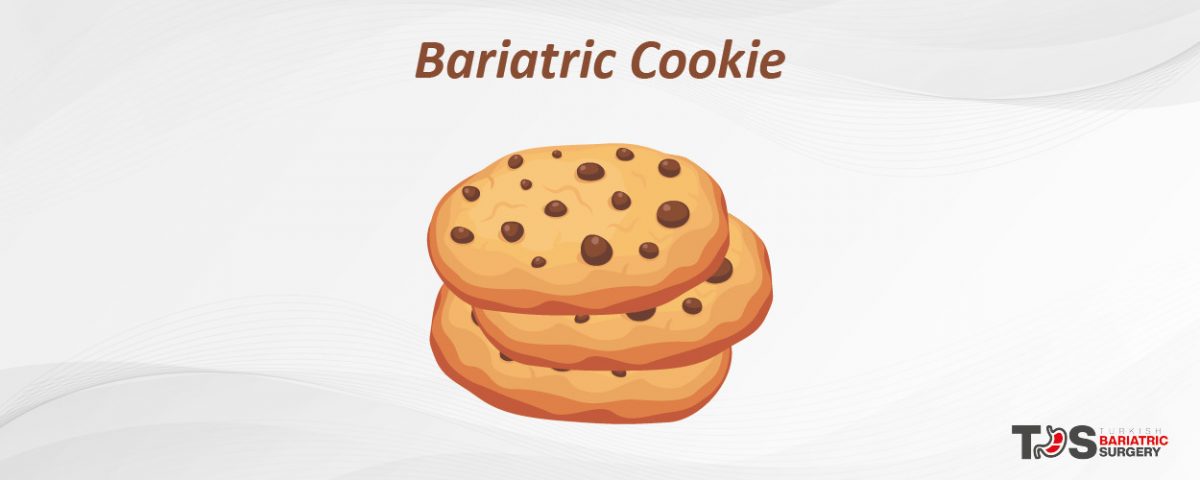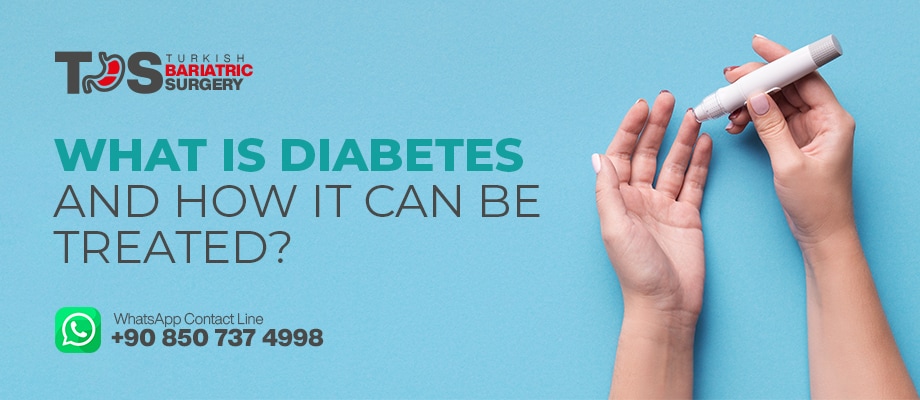Although there are dozens of benign diseases of the large intestine, the most common ones are ulcerative colitis, crohn’s disease, microbial colitis such as dysentery, colon polyps, diverticulosis coli, diverticulitis, irritable (spastic) colon. All these conditions are followed up with medication.
Polyps are one of the most important diseases of the large intestine. They are sessile or broad-based and can be of different sizes. Polyps in the large intestine are precursors of cancer, meaning that cancers develop from them and therefore need to be removed.
The most important disease of the large intestine is cancer.
Patients presenting with constipation, weight loss, abdominal pain and bleeding from the rectum should be investigated for cancer. Patients should be examined for this purpose and the stage of the disease should be determined by performing procedures such as colonoscopy, biopsy, whole abdomen tomography and PET-CT.
Patients diagnosed with cancer are treated with surgery, while preoperative chemotherapy (neoadjuvant Td) may be required for cancers located in the rectum.
Patients diagnosed with cancer should preferably be operated with closed (laparoscopic) surgery method after surgical preparation. In laparoscopic treatments, hospitalization time is shorter and there is less pain and scarring.
Patients without any problems are discharged after hospitalization for 5-7 days after surgery.
After the scars heal, patients are treated and followed up in the oncology clinic.
Chemo-radiotherapy may not be necessary for tumors caught at an early stage.


